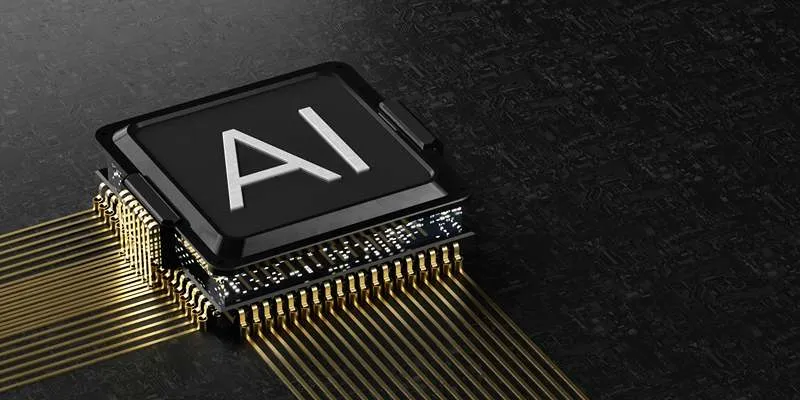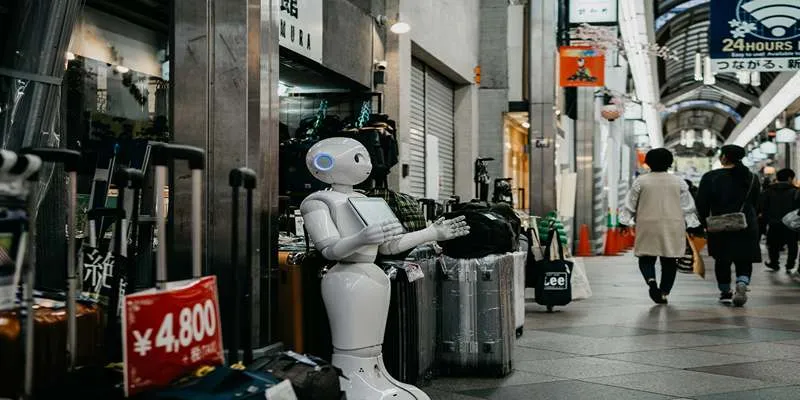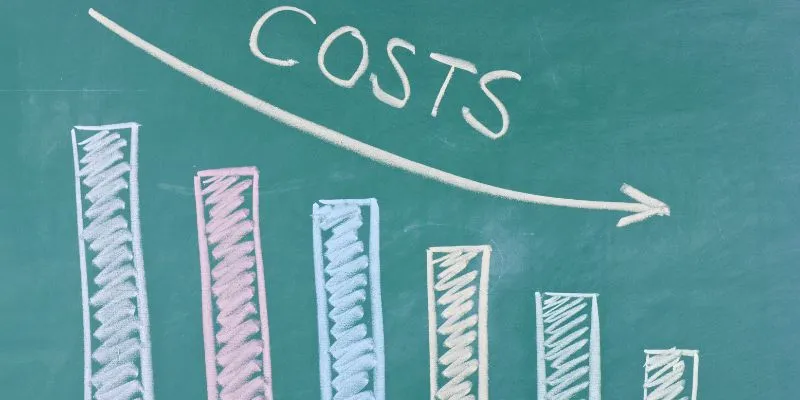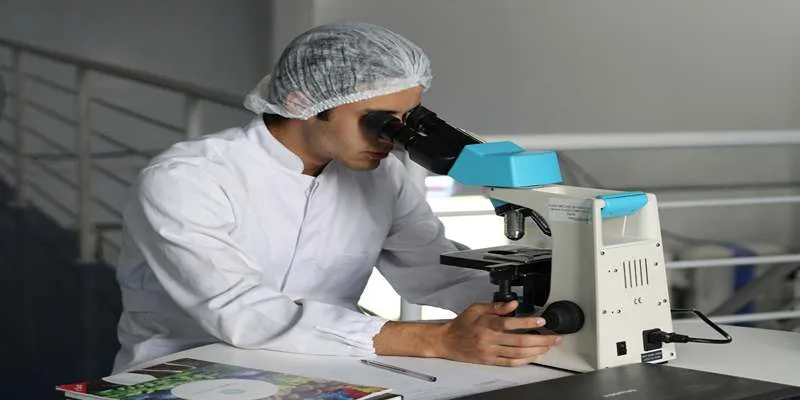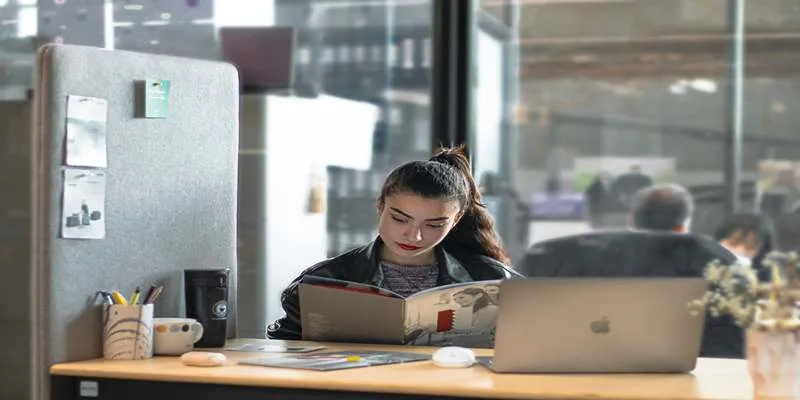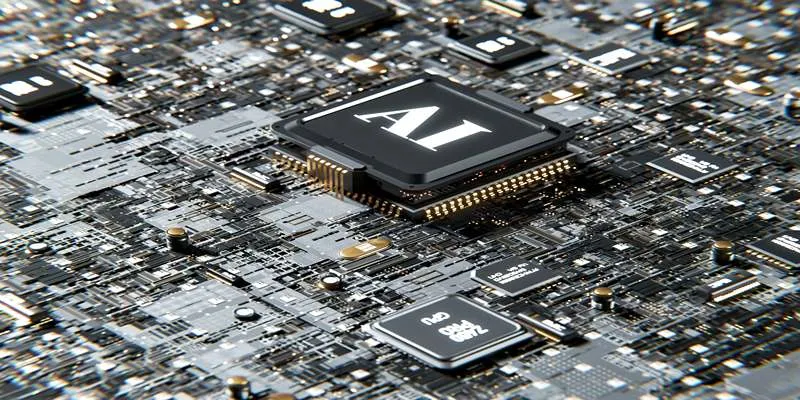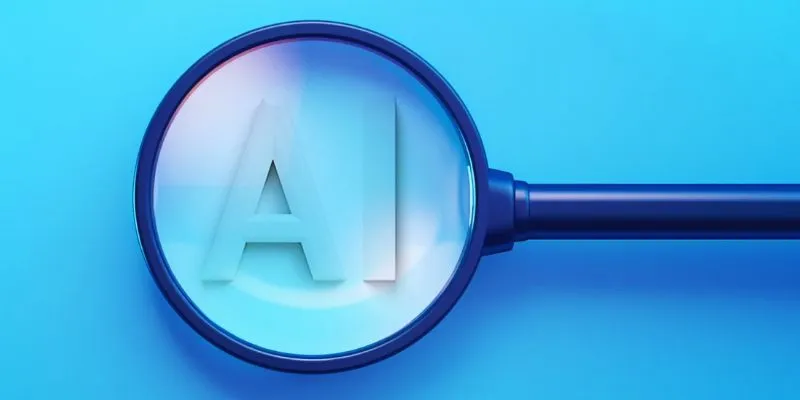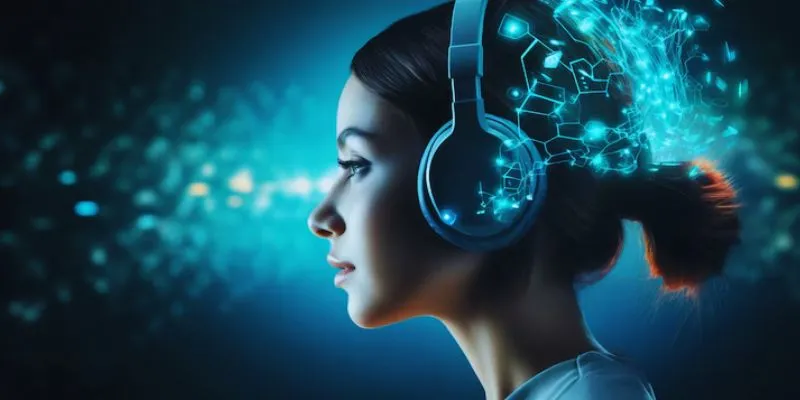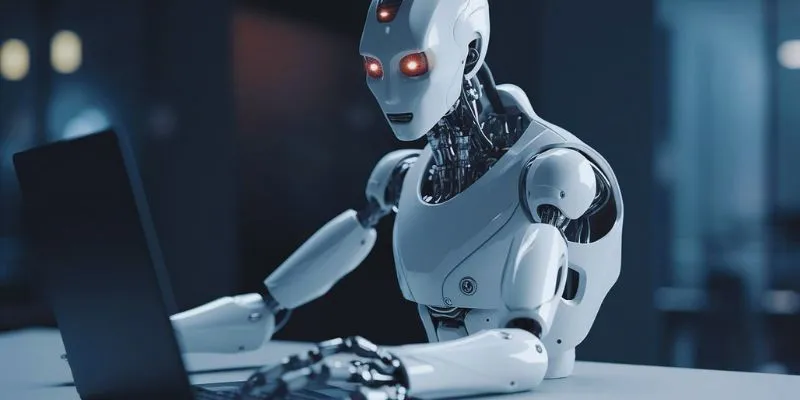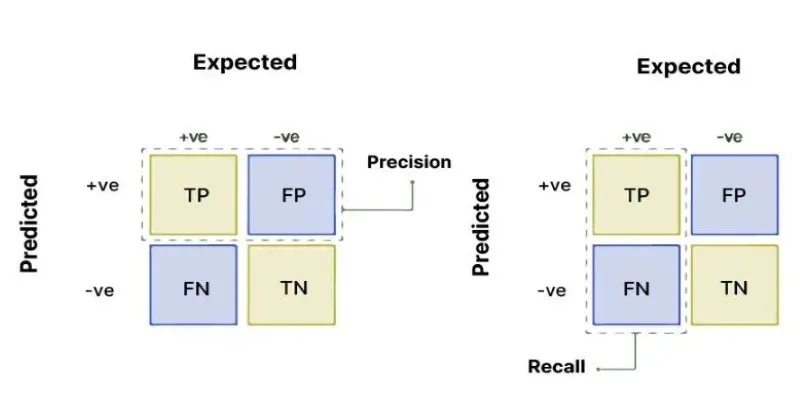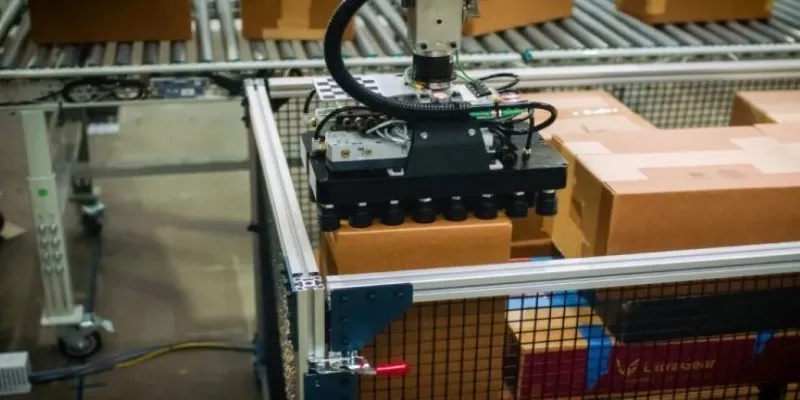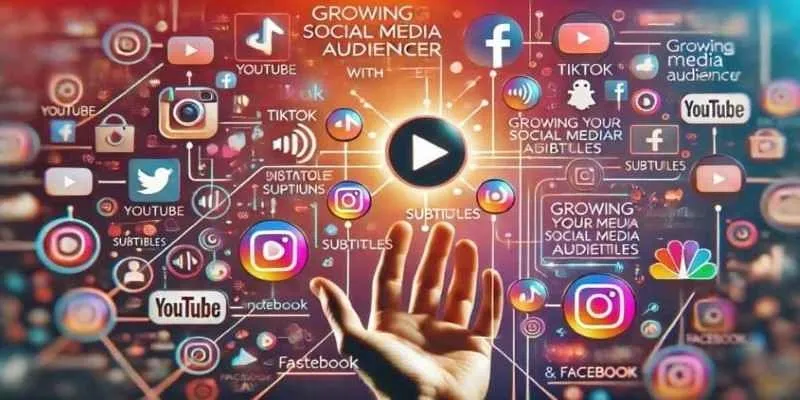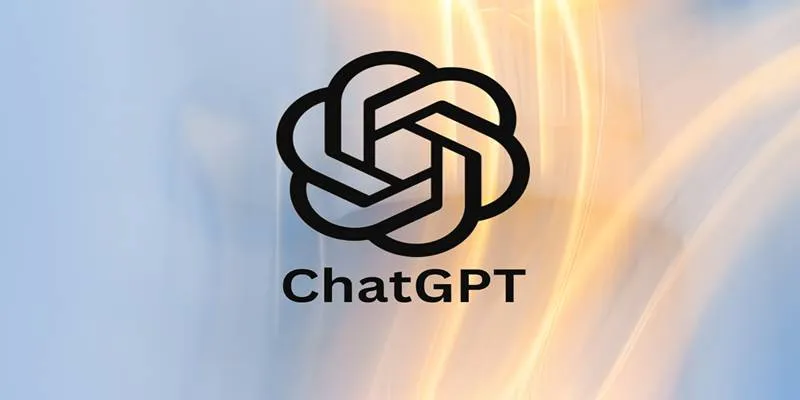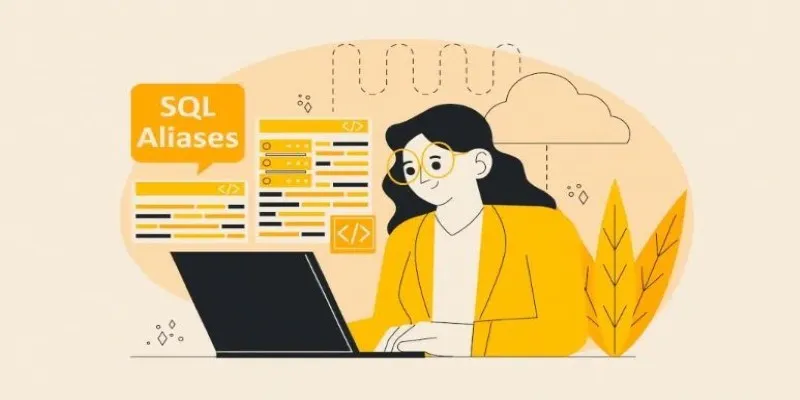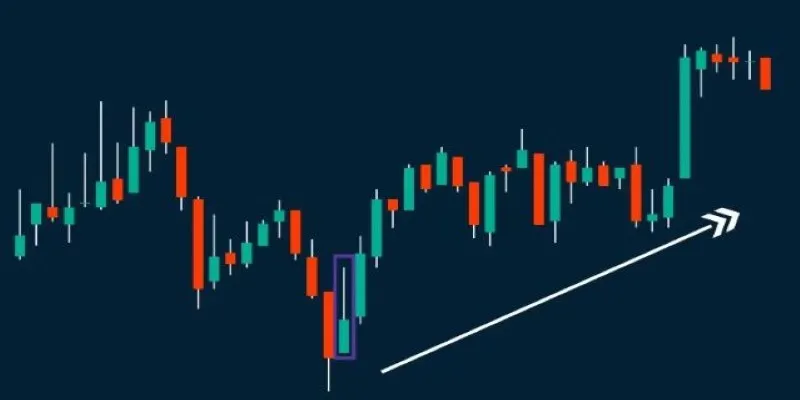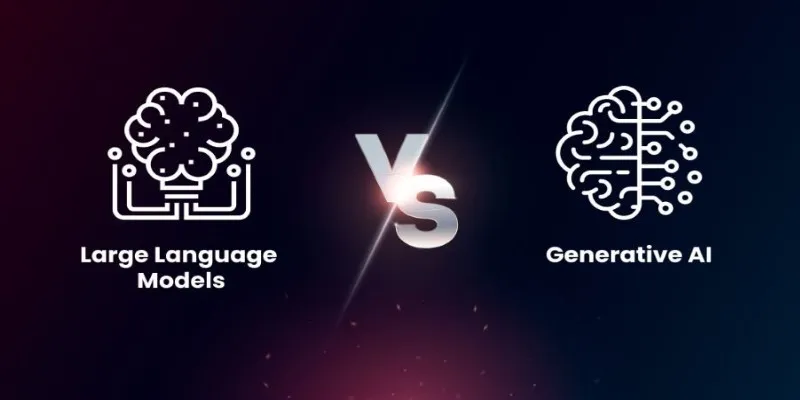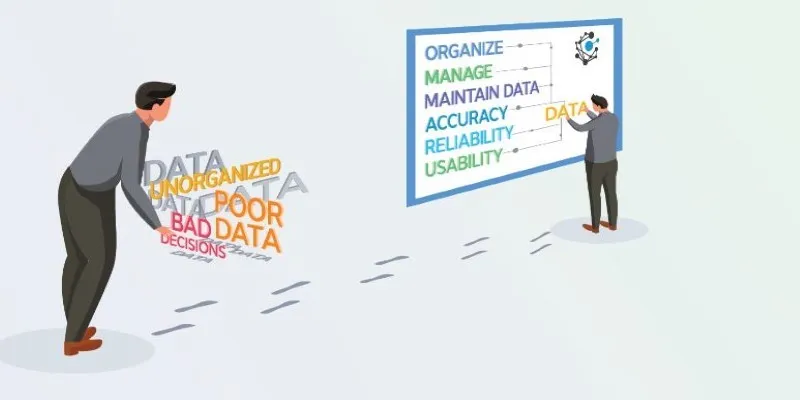OpenAI’s Sora is revolutionizing the creative industry, a sector that has been evolving rapidly in recent years. This advanced tool allows users to generate videos with minimal supervision while maintaining a natural look and feel. While the use of AI in creative fields has been controversial for many years, Sora represents a new level of automation in filmmaking, animation, and digital marketing. However, this technology brings more than just convenience; it also raises questions about the threats posed by AI-generated content to originality and employment. On the positive side, it opens up new opportunities for collaboration between humans and artificial intelligence. Understanding how OpenAI Sora will impact creative workers and companies is crucial as the world moves toward greater AI integration.
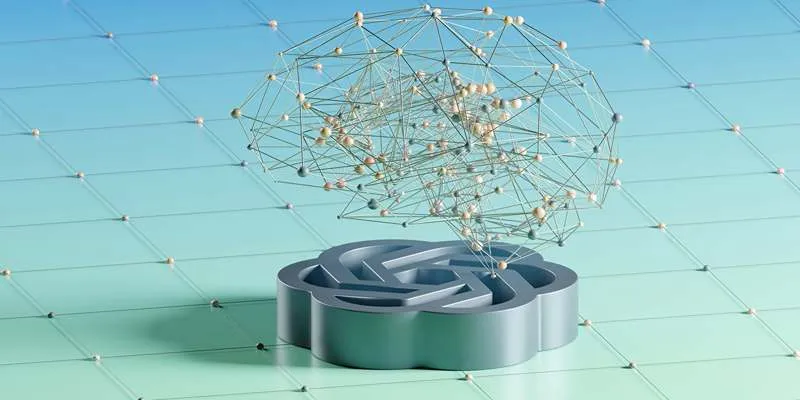
The Rise of OpenAI’s Sora in Creative Industries
How OpenAI Sora Is Revolutionizing Content Creation
Sora is at the forefront of AI video generation tools, enabling users to create scenes, animations, and short films without the need for a costly production process. This innovation reduces the need for human animators, editors, and designers. AI-generated videos offer the advantage of personalization and optimization in a fraction of the time required by traditional content creation methods. While AI content generation poses a threat to traditional media production skills, it also provides an opportunity to enhance existing processes. However, there’s a concern that reliance on technology might overshadow human creativity.
Industries Most Affected by AI-Generated Content
Sora’s impact is evident in the advertising, journalism, gaming, and film industries. In video advertising, AI can replace expensive ads with cost- effective solutions, potentially reducing jobs for video editors and graphic designers. In journalism, AI can produce news articles, diminishing the demand for human writers. The gaming industry benefits from AI tools that design game environments and animate characters. These changes indicate that AI is not just supporting creative industries; it’s gradually taking over roles traditionally held by humans.
The Economic and Workforce Impact of OpenAI Sora
Job Disruptions and New Opportunities in Creative Fields
AI-based content creation raises significant concerns about employment. As tools like Sora become more sophisticated, companies may replace human workers with AI for tasks in content creation, animation, and design. However, new opportunities arise in areas such as content curation, prompt engineering, and human-AI collaboration. By embracing AI, individuals can unlock new possibilities and integrate technology to enhance their creative processes. Rather than displacing human creativity, AI is reshaping the creative landscape to blend technology with artistic innovation.
Challenges for Freelancers and Independent Creators
Freelancers and independent artists are particularly vulnerable to the rise of AI content creation. AI’s cost-effective solutions could reduce the demand for traditional freelance services like video editing, animation, and graphic design. Additionally, AI-produced stock media may drive down production costs, making it harder for artists to compete. To stay relevant, freelancers must focus on creating unique, high-quality, personalized work that AI cannot replicate. By collaborating with AI tools, independent creators can enhance their effectiveness and maintain a competitive edge in the evolving market.
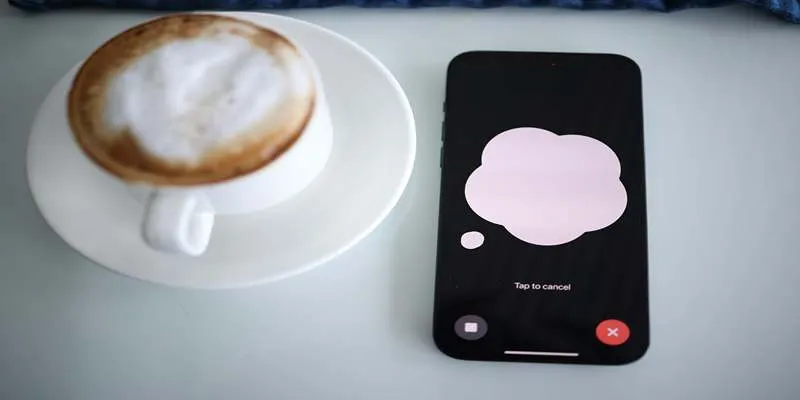
AI-Generated Content Risks and Ethical Considerations
Threats to Originality and Intellectual Property
The use of AI in content production raises concerns about originality and copyright. Since AI models like Sora learn from extensive data, questions about the ownership of AI-generated art arise. Concerns include the potential for AI to mimic styles and the ensuing questions about authorship. Legal issues, such as copyright infringement, are also problematic due to unclear regulations. To address these issues, it is essential to establish legal frameworks that define ownership of AI-generated media and regulate its use in business and art.
The Risk of Oversaturation and Declining Content Quality
AI’s capabilities make it easier than ever for industries to produce videos, animations, and visual media in bulk. However, this abundance can lead to content oversaturation, where audiences are inundated with mediocre material. This trend may degrade the perceived value of creative content and pressure creators to uphold high standards in human-made work. Creative practitioners should emphasize narrative, emotional, and visual uniqueness, which AI cannot replicate. Balancing AI usage with creativity is crucial in maintaining quality in content production.
Conclusion
The introduction of OpenAI’s Sora marks a significant shift in creative industries, presenting both opportunities and challenges. While AI-generated content can streamline production and reduce costs, it also raises concerns about originality, job displacement, and oversaturation. Human creativity remains essential, providing the emotional depth and originality that AI lacks. By adapting to AI-driven tools, creative professionals can leverage technology to their advantage rather than being replaced by it. The future of creativity lies in collaboration between humans and AI, ensuring technological advancements enhance, rather than diminish, artistic expression and innovation.
 zfn9
zfn9


